Jakarta is a city that never truly sleeps. Its sky is often painted with a haze of city lights, the air thick with the hum of traffic and the scent of street food. Yet, beneath the constant bustle lies a quieter story—one of ancient rivers, prehistoric secrets, and a city slowly succumbing to the water. Imagine standing on a bustling Jakarta street, knowing that just meters below your feet, the ground is literally sinking. What if the very land that supports one of the world’s largest cities is slipping away, inch by inch, every year? But that’s not all: Jakarta’s ancient floodplain is a living time capsule, holding clues to a world lost to history, buried beneath layers of mud and concrete. This is a story of survival, mystery, and an urgent race against time.
Jakarta’s Sinking Reality: A City in Peril
The facts are stunning—Jakarta is one of the fastest sinking cities on the planet. In some neighborhoods, the ground is dropping by as much as 25 centimeters (almost 10 inches) every year. The main culprit? Excessive groundwater extraction. As residents and industries pump water from underground aquifers, the land above begins to collapse. Add to this the weight of concrete, millions of people, and unpredictable weather patterns, and you have a recipe for disaster. It’s not just a theoretical problem either; entire neighborhoods are regularly flooded, and some have vanished beneath the waves. Residents build makeshift barriers and raise their homes, but the water always finds a way.
The Floodplain: Jakarta’s Forgotten Foundation
Jakarta sits on a vast floodplain created by the slow meandering of ancient rivers over thousands of years. These rivers, like the Ciliwung and Cisadane, once shaped a lush, swampy landscape rich in biodiversity. But as the city expanded, the natural flow of water was interrupted. Concrete replaced marshes, and canals redirected streams. The floodplain, which once absorbed and released water naturally, is now burdened by roads, houses, and skyscrapers. This makes Jakarta even more vulnerable to flooding, especially during the monsoon. The city’s foundation, both literally and historically, is a delicate balance of water and earth.
Prehistoric Secrets Beneath the Streets
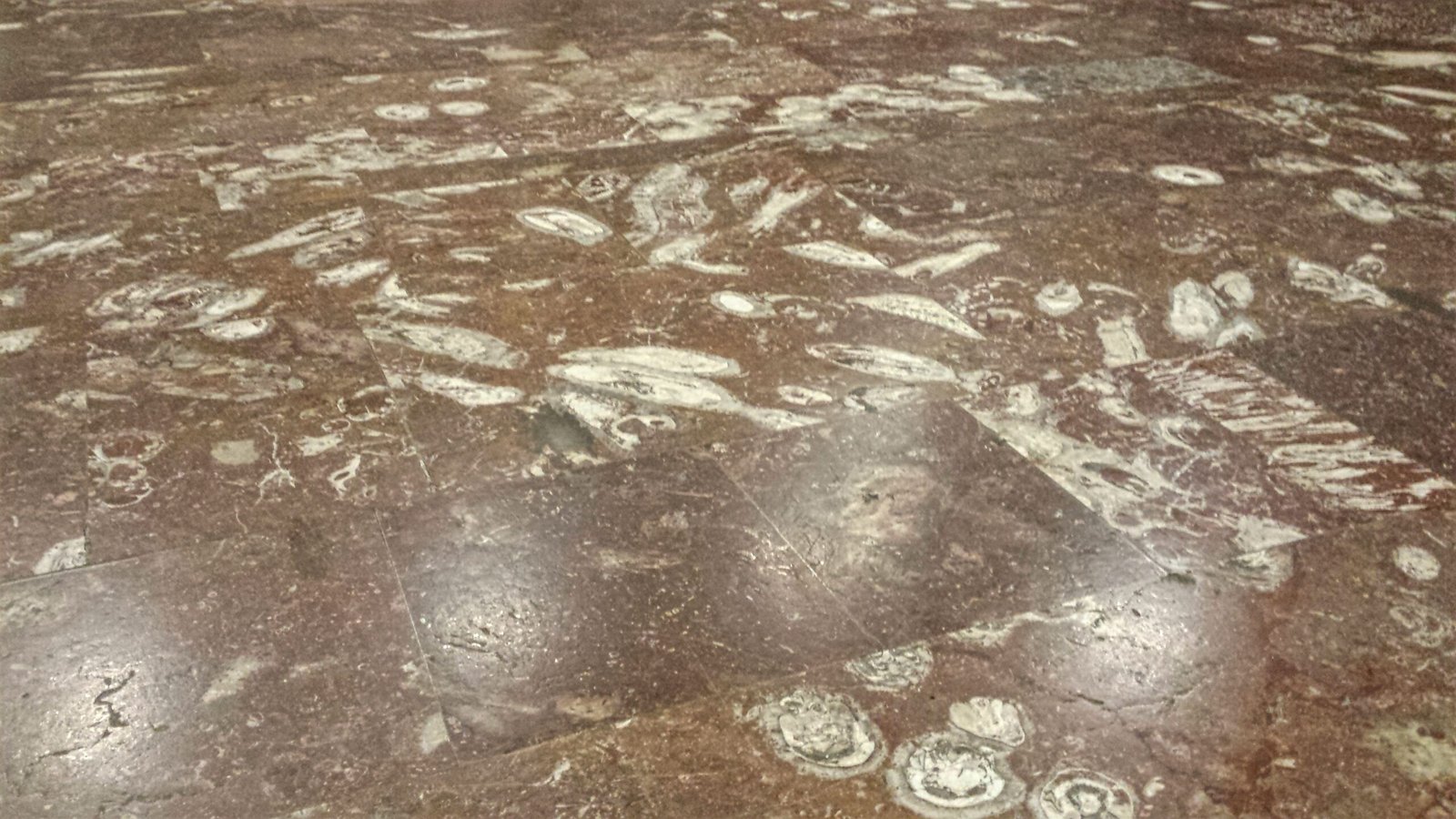
Dig beneath Jakarta’s modern streets and you’ll find more than just pipes and cables. Archaeologists have uncovered ancient animal bones, stone tools, and even traces of early human settlements. These clues suggest that long before Jakarta was a sprawling metropolis, it was a thriving prehistoric wetland. Fossils of giant buffaloes, elephants, and even crocodiles have been found, hinting at a time when the land was teeming with life. Every construction project risks unearthing these ancient treasures, and scientists race to study them before they are lost forever. It’s like a living museum, hidden just below the city’s surface.
How Groundwater Extraction Fuels the Crisis
In Jakarta, water is both a blessing and a curse. Many people rely on underground wells for their daily needs, especially where clean piped water is scarce. But every time water is drawn from the aquifer, the ground above loses support and slowly sinks. This sinking is called subsidence, and it’s happening at a terrifying rate. It’s a silent process—no earthquakes, no explosions—just a slow, relentless descent. The deeper the wells go, the worse the problem gets. Some families have watched their homes sink so much that they now live below street level, surrounded by makeshift walls to keep the water out.
Climate Change: Rising Seas and Fiercer Storms
As if subsidence wasn’t enough, Jakarta faces another enemy: the rising sea. Climate change is causing ocean levels to creep higher every year, and storms are becoming more intense. The city’s northern edge sits right on the Java Sea, and during high tides or heavy rains, seawater surges inland. Flood barriers strain to hold back the waves, but many neighborhoods still find themselves underwater. Scientists warn that by 2050, a third of Jakarta could be submerged if nothing changes. It’s a race against both time and nature, and the stakes couldn’t be higher.
Engineering Against the Odds: Walls, Pumps, and Hope
Jakarta’s leaders and engineers are scrambling for solutions. Massive sea walls are under construction, designed to keep the ocean at bay. Pumps and canals try to redirect floodwaters back to the sea. Some proposals are bold—like moving the capital to a safer location or even building a new city entirely. Yet these projects are expensive, complex, and often controversial. Many residents worry that barriers and pumps are just temporary fixes. The real challenge is making Jakarta truly resilient—a city that can live with water, not just fight against it.
The Ancient River System: A Forgotten Lifeline

Long before the city sprawled across its banks, Jakarta’s rivers were the lifeblood of the region. They brought fresh water, rich soil, and abundant fish. Villages flourished along the riverbanks, and traders sailed upstream to exchange goods. Over time, these rivers were straightened, narrowed, and sometimes even buried beneath roads. What was once a living, breathing network is now a tangle of polluted canals and forgotten streams. Restoring the rivers could be key to managing floods and preserving the city’s unique history.
Modern Urban Sprawl and Its Hidden Costs
Jakarta’s rapid growth is both impressive and daunting. Skyscrapers rise where rice paddies once stood, and highways slice through old neighborhoods. But this growth comes at a price. The natural floodplain has been replaced by concrete, leaving nowhere for excess water to go. Flash floods become more common, and drainage systems struggle under the weight of the city’s needs. It’s a classic case of short-term gain versus long-term risk—progress built on shaky ground, quite literally.
The Human Impact: Lives in Limbo
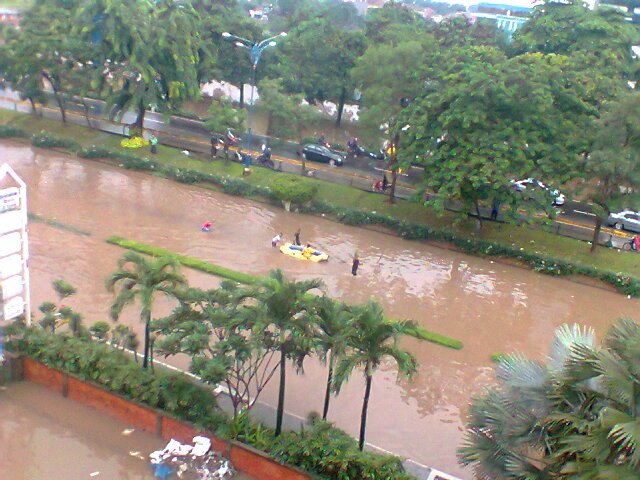
For millions of Jakartans, the sinking city isn’t just a distant headline—it’s their daily reality. Families pile sandbags at their doors and move their possessions to higher ground with every heavy rain. Schools close, businesses shutter, and lives are disrupted by the relentless threat of water. Some residents have relocated entirely, abandoning their homes to the encroaching sea. The psychological toll is immense, with a constant undercurrent of fear and uncertainty. Despite these challenges, the people of Jakarta show remarkable resilience, adapting to a world in flux.
Indigenous Knowledge: Lessons from the Past
Before modern engineering, local communities had their own ways of living with water. Traditional stilt houses, called rumah panggung, kept families dry during floods. Villages were built on higher ground, with canals and ponds to manage excess rain. These ancient strategies, rooted in generations of experience, offer valuable lessons for today’s city planners. By blending old wisdom with new technology, Jakarta might find a path to a safer, more sustainable future.
Urban Archaeology: Digging for Stories

Every time a new building goes up in Jakarta, there’s a chance to uncover a piece of the city’s hidden past. Archaeologists carefully sift through soil, searching for fragments of pottery, bones, or ancient tools. Sometimes the discoveries are small—a stone arrowhead, a shard of clay. Other times, they’re spectacular: the skeleton of a giant mammal or the remains of a prehistoric village. These finds help piece together Jakarta’s story, revealing how people have adapted to this ever-changing land for thousands of years.
Ecological Consequences: Lost Wetlands and Wildlife
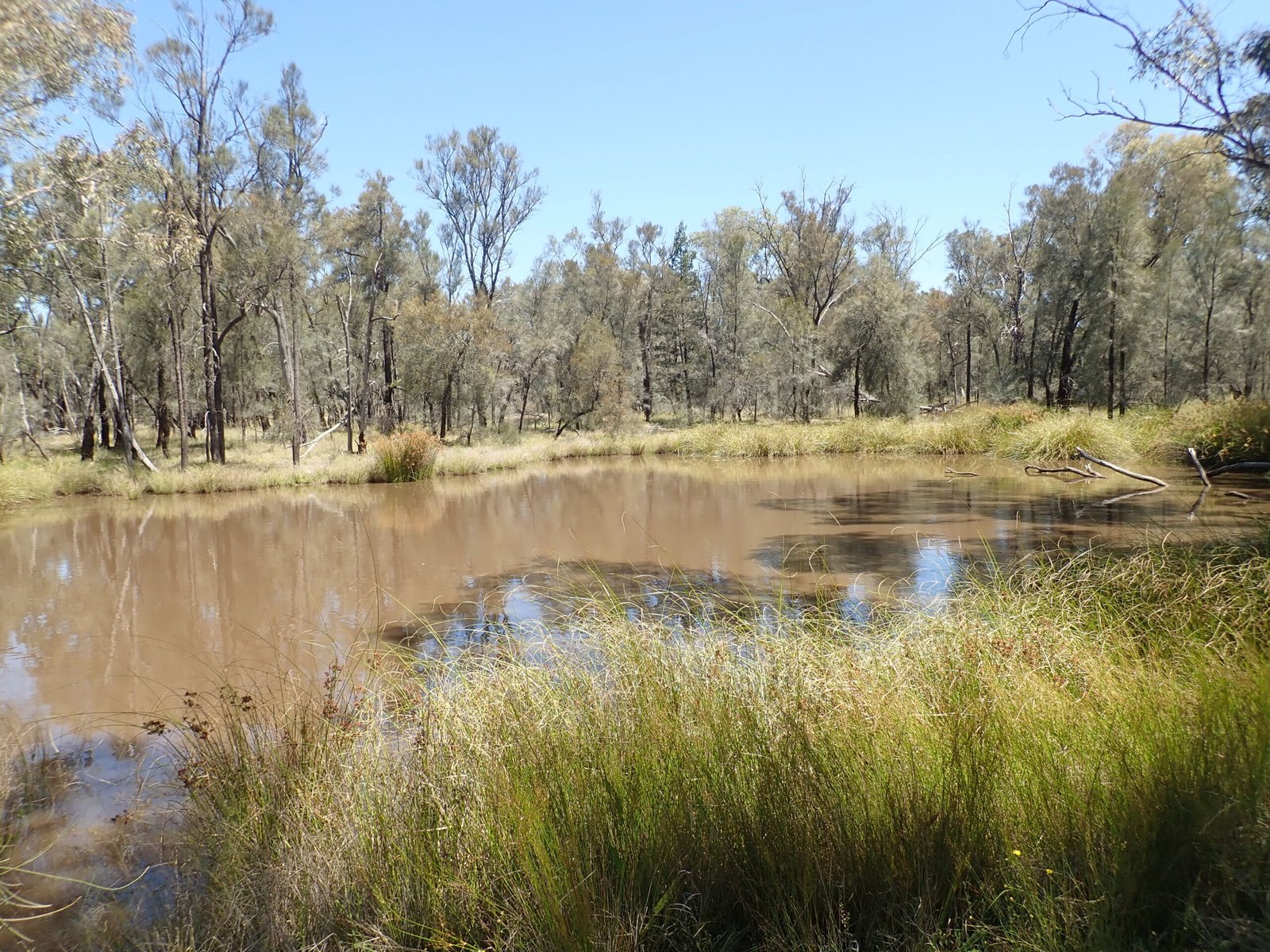
The transformation of Jakarta’s floodplain has had devastating effects on local wildlife. Wetlands that once teemed with birds, fish, and reptiles have shrunk or disappeared. Pollution from factories and homes seeps into rivers, turning them into toxic streams. Yet, fragments of the old ecosystem survive—herons nest in city parks, and monitor lizards still sun themselves along canal banks. Restoring these habitats is vital, not only for wildlife but for the health and safety of the city itself.
Technology and Innovation: Tools for Survival
Innovative minds are working to turn the tide for Jakarta. Satellites monitor land subsidence from space, helping scientists predict which neighborhoods are most at risk. Engineers develop new materials and construction methods to build stronger, more resilient homes. Urban farmers experiment with floating gardens that can rise and fall with the water. These creative solutions offer hope that Jakarta can adapt and thrive, even as the ground shifts beneath its feet.
The Dream of a Sustainable Jakarta
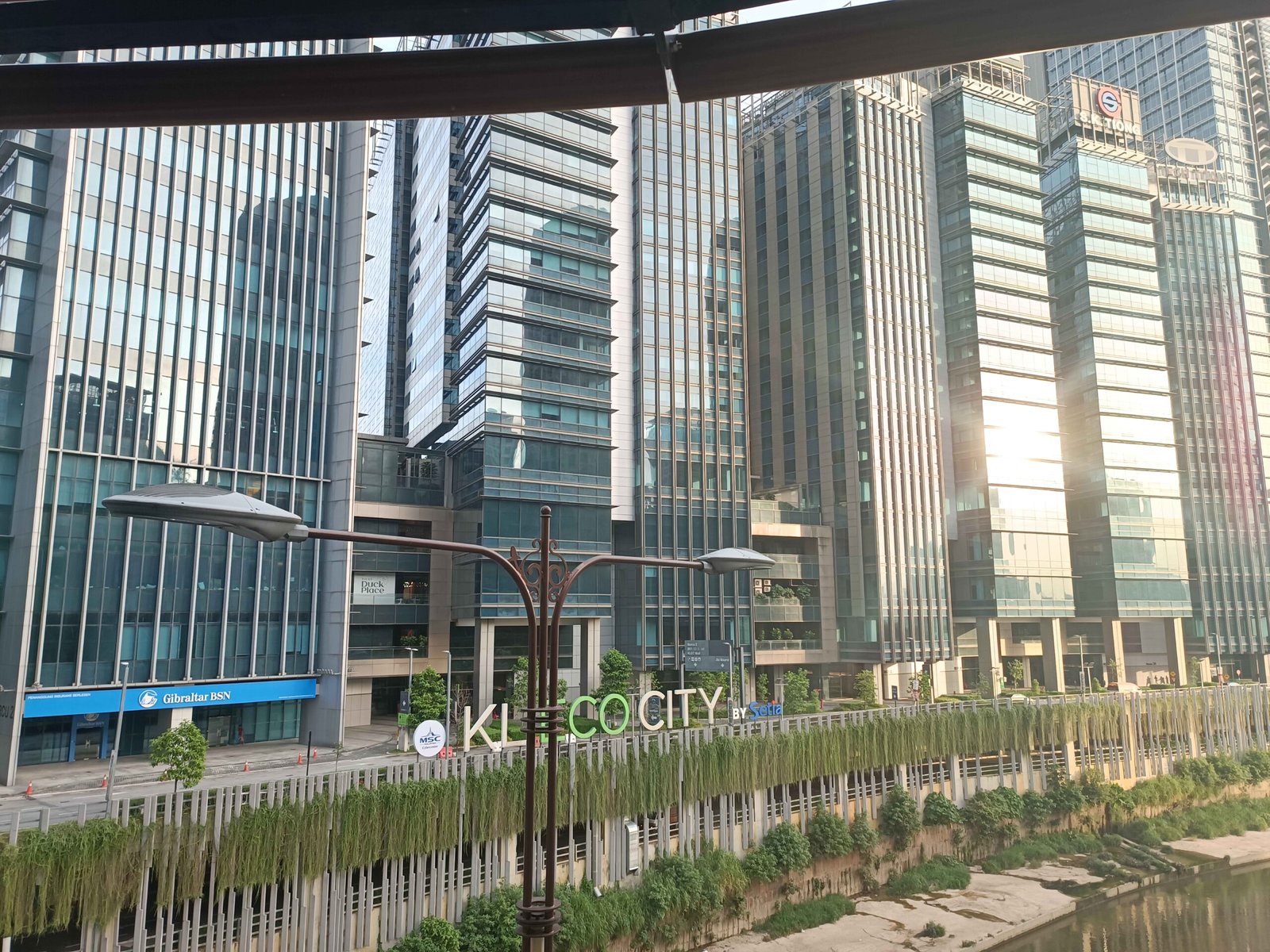
Can Jakarta reinvent itself as a city that lives with water, rather than against it? Some experts think so. They envision green rooftops that absorb rain, parks that double as flood basins, and neighborhoods designed to float rather than sink. This vision requires bold leadership and a willingness to rethink everything—from infrastructure to daily habits. It also demands that the city honors its past, learning from the ancient floodplain and the people who once thrived there.
Education and Awareness: Spreading the Word
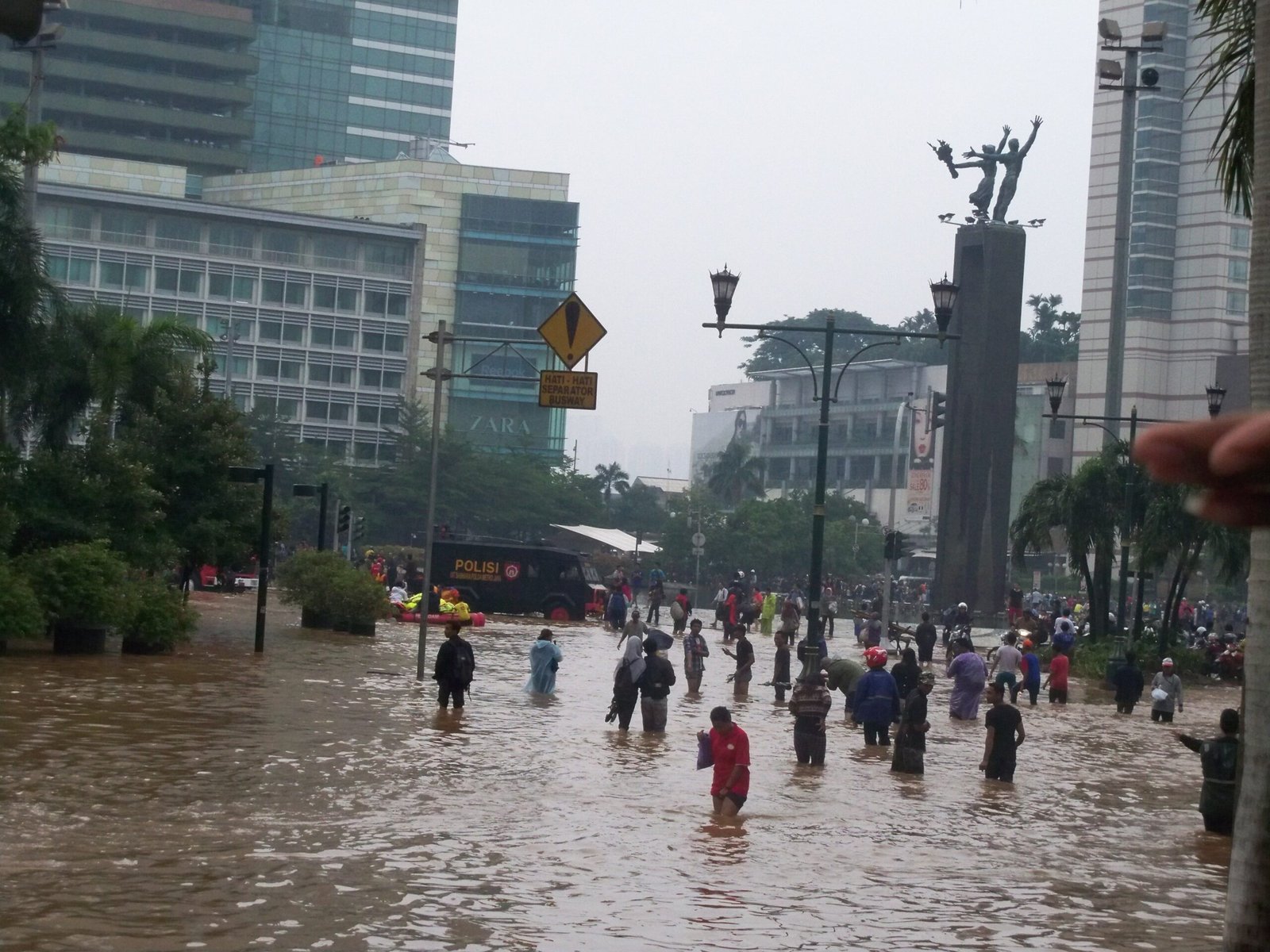
One of the biggest challenges Jakarta faces is public awareness. Many residents still don’t realize how serious the sinking problem is—or how quickly it’s accelerating. Schools, community groups, and scientists are working to change that. They organize workshops, public art projects, and science festivals to spark curiosity and action. The more people understand the city’s history and challenges, the more likely they are to push for lasting solutions.
Jakarta’s Place in the Global Story
Jakarta’s struggle isn’t unique. Cities from Bangkok to New Orleans face similar threats from subsidence and rising seas. But Jakarta’s scale and speed make it a dramatic case study for the world. Scientists and policymakers from around the globe watch closely, hoping to learn from both the city’s missteps and its successes. In this sense, Jakarta stands at the crossroads of past and future—a warning, but also a source of inspiration.
Personal Stories: The Heartbeat of a Sinking City

Behind every statistic lies a human story. Like the grandmother who built her house on stilts, refusing to leave even as water laps at her doorstep. Or the young engineer designing flood-resistant playgrounds so children can keep laughing, rain or shine. These voices remind us that Jakarta is more than just a sinking city—it’s a place of dreams, memories, and tenacious hope. Their stories are the heartbeat that keeps the city alive, even as the ground shifts.
Unanswered Questions and Prehistoric Mysteries

For all that scientists have learned, Jakarta’s ancient floodplain still holds secrets. What other fossils and artifacts lie hidden beneath the mud? How did prehistoric people adapt to the same challenges the city faces today? Each discovery sparks new questions, weaving together the city’s human and natural history in unexpected ways. The search for answers continues, fueled by curiosity and the desire to connect with the distant past.
Reflections on a City at the Edge

Jakarta stands as a city on the edge—of the sea, of disaster, and of discovery. Its fate is a powerful reminder of how deeply we are connected to the land beneath our feet, and how quickly those connections can unravel. The city’s ancient floodplain is both a warning and a guide, showing us the power of nature and the resilience of the human spirit. As Jakarta sinks, it challenges us to rethink what it means to build, to survive, and to remember. Will we listen to the clues left behind by the past, or will they sink, forgotten, beneath the waves?




